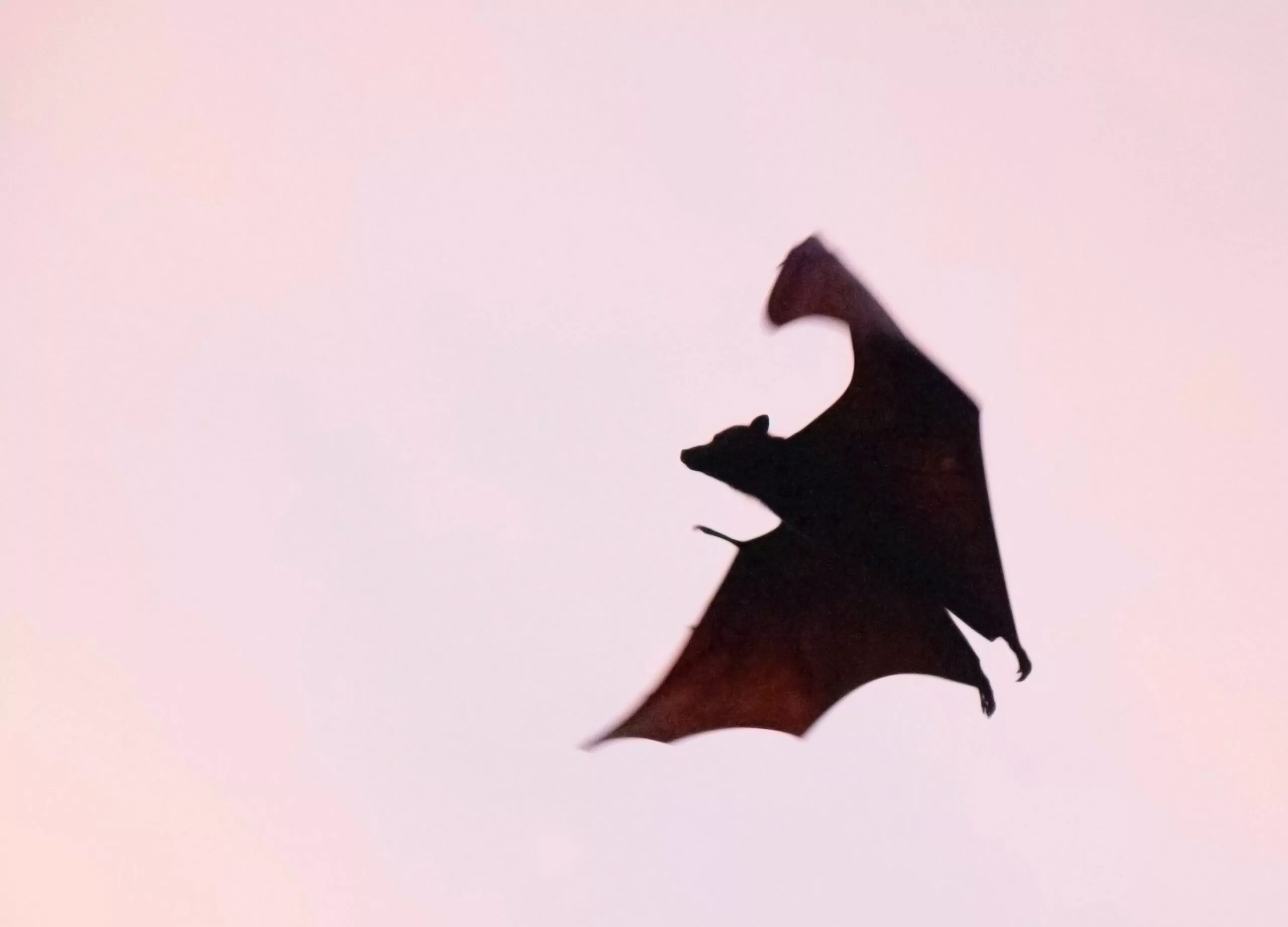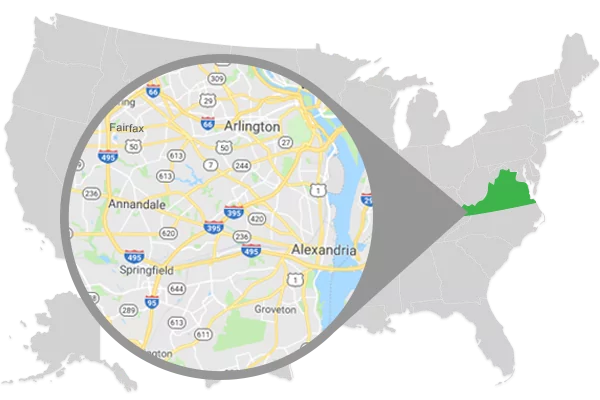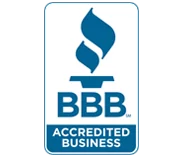What damage can bats cause in Northern Virginia?
While bats are useful for pest control and can help to pollinate plants and fertilize gardens, they also can cause damage to homes, spread infectious diseases such as rabies and pose harm to humans and pets.

What species of bats are in Virginia?
Bats are nocturnal flying mammals and can be found all over the United States. There are seventeen species of bats found in Virginia and the four most prevalent species of bats are the Big Brown Bat, Evening Bat, Little Brown Bat, and Brazilian free-tailed bat.The two species that typically infest homes are the Little Brown and the Big Brown bats In the state of Virginia, there are three species of bats that are federally protected. These bats are the Gray, Indiana and Virginia Big-eared Bats and it is illegal to kill, poison, attempt harm or relocate them.
How do I know I have a bat problem?
Bats in Northern Virginia are extremely small and flexible and can get into spaces as small as one-inch in diameter or smaller depending on the species. While bats do not chew holes in homes like rats and mice and other pests do, bats enter buildings by finding small openings that homeowners might not even know about or consider as a possible entry way for these winged creatures. Bats choose homes because they are provided with protection from predators and the elements and have a safe place to raise their babies. Once a bat or a colony of bats is in a home it may be difficult to determine where the bats are located since they are dormant during the day and begin their activity at dusk and remain active during the nighttime hours when most people are sleeping.While bats make squeaking and scratching noises, the most noticeable way to identify a bat infestation is by seeing the damage they cause.
What damage do bats cause to homes?
The only form of damage bats cause to homes is through their biological functions. Bats must urinate and deposit their feces or guano and often do in the areas in which they are residing. This leaves a strong unpleasant odor in the home. Urine can seep through insulation and even drip through the ceiling and cause corrosion, wood decay and staining. Bat guano is high in levels of uric acid, phosphate, ammonium, and potassium which can cause metals such as copper and bronze to erode. Bricks and clay and the binders for concrete and stone can adversely be affected by the droppings. Bats will not tear, rip or shred anything in the home but the damage they cause through their biological functions is serious and can be very dangerous and expensive to repair.
What are some preventative measures for bats?
Bats like homes that are easy to get into and they are attracted to dark, warm spaces that may provide them with easy access to insects and other pests they can eat. There are a variety of ways to keep bats away from your property. Home maintenance is the first crucial step and an inspection can reveal entry points that bat will use to infest certain spaces in the home. Another way to deter bats is to keep attics or other small spaces in the home lit and cool. Some people use dog or cat repellent spray which is non-toxic aerosol. It is important to not spray this deterrent while there are bats presents, but rather as a preventative but temporary measure. Bat houses are also a popular way to attract bats to a suitable alternative to residence. A bat house is a structure similar to a birdhouse but is built about 12 feet high up in trees. The house needs to be small and sealed to remain dark. It is best placed facing an area that receives the most sunlight, since bats like warm space and is nearby a food and water source.
If a homeowner happens to notice a bat problem, it is important to leave the job up to a professional wildlife removal specialist who is trained in the safe and humane exclusion of bats since they are protected. Bat exclusions can be done a variety of different ways depending on the species or quantity of bats present. Bat removal should not be done when there are baby bats or pups present since they are dependent on their mothers for the first six weeks of their life. Bats give birth in the summer and bat removal is prohibited from June 1 until the national resume date of August 15. Another challenging time to try to do bat removal is in the winter months because they are hibernating and sleeping during this time and will not leave wherever they are staying until the warmer weather arrives in the spring. While removal is not impossible, it can often be a more lengthy process.
How are bats excluded?
The first step in the exclusion process is to locate the entry way of the bats and this step can be done by a professional during an inspection. The most common and successful way for removal is to install a one way entry exclusion device in the home. Bats enter the device and are then unable to get back into the house. The exclusion device is unlike a trap and automatically allows the bat to leave upon entry in the device. If there is more than one bat, the process is repeated until the area is cleared. The device should remain up for a full week after the last bat is thought to have been released to ensure they are all completely out before sealing up the hole.
Bat exclusion should be followed up by a process called bat remediation. Bat remediation is when the damage caused by the bats is accessed and necessary repairs are made. A crucial step is to remove the bat guano because it carries spores of a disease called Histoplasmosis which can cause lung complications. Disinfecting and sanitizing is also very important to make sure the home is free of odors and bacteria left by the bats. The remediation process must also be completed by a professional.
When you have issues with bats in your house, attic or crawlspace, Summit Environmental Solutions will work with state and local authorities to safely and humanely remove the bats while obeying laws and regulations. Bat removal and remediation in Northern Virginia can be a difficult and frustrating process for you as a homeowner, but with SES, you’re getting the best the bat removal industry has to offer.
For more information contact us today at 703-884-2124 for an estimate.












